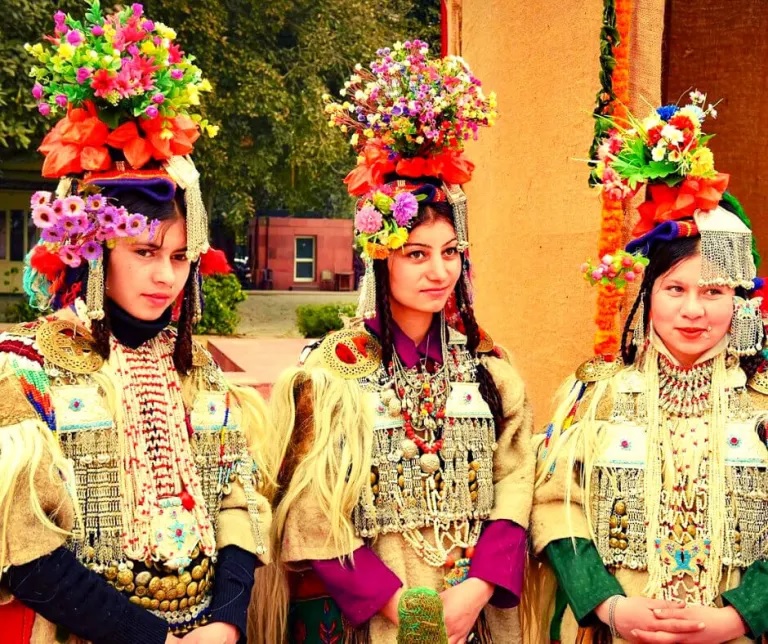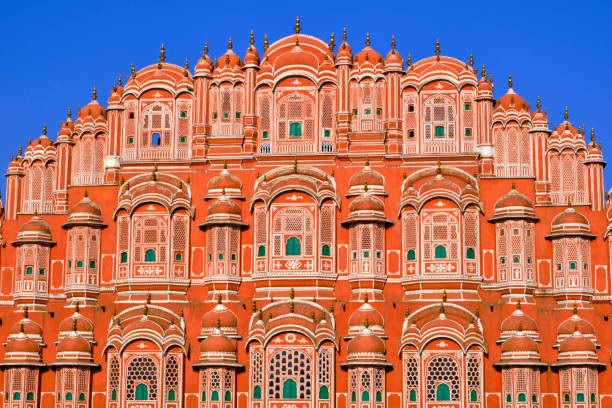Rajasthan Luxury Tours 2025: Discover Royal India in Style
Why Choose a Luxury Tour in Rajasthan? Rajasthan stands apart for its royal legacy, timeless architecture, and curated hospitality. A luxury tour provides: Palace stays in heritage hotels Personalized guides and chauffeured cars Exclusive cultural performances and dining experiences Private safaris and offbeat excursions Access to premier spa and wellness




